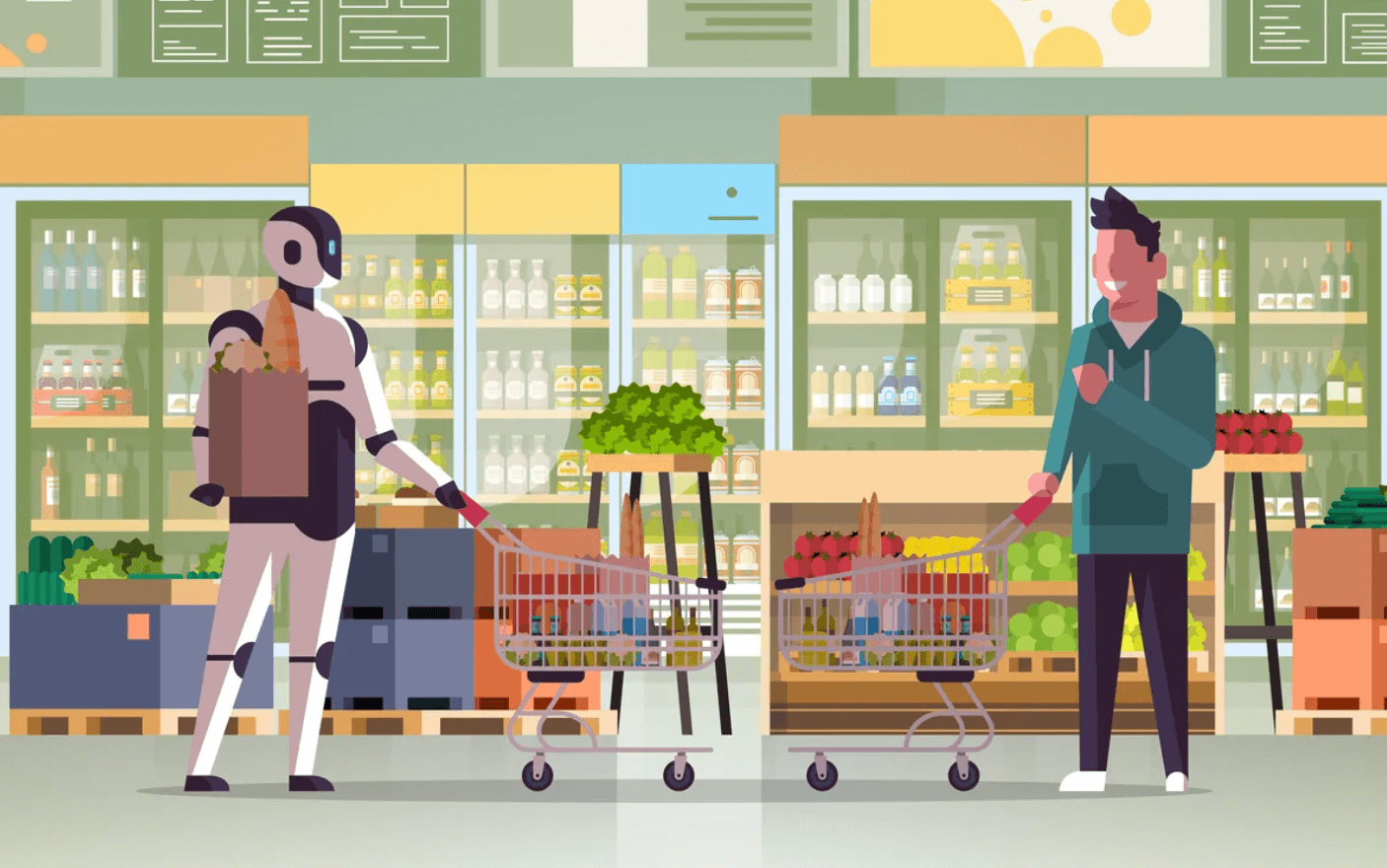The Robofication of Hypermarkets: Revolutionizing the Retail Experience
Introduction
In recent years, the retail industry has witnessed a significant transformation with the advent of advanced technologies. One of the most prominent developments is the increasing integration of robots into hypermarkets, resulting in the phenomenon known as the “Robofication of Hypermarkets.” This blog post explores how robots are revolutionizing the retail experience and reshaping the way we shop in hypermarkets.
Enhancing Operational Efficiency
Robots have the potential to streamline various operational aspects of hypermarkets, leading to increased efficiency and productivity. For instance, autonomous robots equipped with computer vision and navigation capabilities can autonomously scan and monitor shelves to ensure that they are adequately stocked. These robots can identify out-of-stock items and alert the staff, enabling prompt restocking and minimizing customer dissatisfaction.
Furthermore, robots can assist with inventory management by regularly scanning barcodes or RFID tags, ensuring accurate stock levels and reducing the likelihood of discrepancies. This real-time data enables hypermarket to optimize their supply chain and make informed decisions regarding product replenishment, reducing wastage and improving overall profitability.
Personalized Customer Experience
Robots are not only transforming the back-end operations of hypermarkets but are also reshaping the front-end customer experience. Autonomous robots with built-in AI capabilities can serve as interactive shopping assistants, guiding customers through the store and providing personalized recommendations based on their preferences and purchase history.
These robots can also help customers locate specific products within the hypermarket. By simply inputting their desired item into a robot interface or through voice commands, customers can receive directions to the exact aisle and shelf where the product is located. This feature not only saves time but also enhances the overall shopping experience.
Efficient Checkout Processes
Checkout processes are often a bottleneck in hypermarkets, especially during peak hours. However, the robofication of hypermarkets is addressing this challenge by introducing self-checkout robots. These robots are equipped with barcode scanners, weight sensors, and payment interfaces, allowing customers to scan and pay for their items independently. This significantly reduces wait times and offers a more convenient shopping experience for customers.
Moreover, self-checkout robots can also validate coupons, apply discounts, and process loyalty points automatically, ensuring a seamless transaction process. By automating the checkout process, hypermarkets can redeploy their staff to other areas of the store where their presence is more valuable, such as providing personalized customer assistance or restocking shelves.
Challenges and Considerations
While the robofication of hypermarkets presents numerous benefits, it is not without challenges and considerations. One primary concern is the potential impact on employment. As robots take over routine tasks, there may be a displacement of certain job roles. However, this shift also creates new opportunities for employees to upskill and focus on more complex and customer-oriented tasks.
Another consideration is the need for proper maintenance and technical support for the robots. Hypermarkets must invest in robust infrastructure and skilled technicians to ensure that the robots operate optimally. Additionally, data privacy and security are crucial aspects that must be addressed to protect customer information and prevent any misuse of data collected by the robots.
Conclusion
The robofication of hypermarkets is transforming the retail landscape, bringing about increased efficiency, personalized customer experiences, and streamlined checkout processes. By leveraging the capabilities of robots, hypermarkets can optimize their operations, improve inventory management, and offer a more convenient and engaging shopping experience.
While there are challenges to overcome, the integration of robots in hypermarkets opens up new possibilities for retail businesses and their customers. As technology continues to advance, we can expect even more innovative applications of robotics in the retail industry, further enhancing the way we shop and interact with hypermarkets in the future.
Don’t forget to LIKE and SHARE 
















 P.O Box :
P.O Box : 

 2023 UNION COOP. All Rights Reserved
2023 UNION COOP. All Rights Reserved



Leave Comment